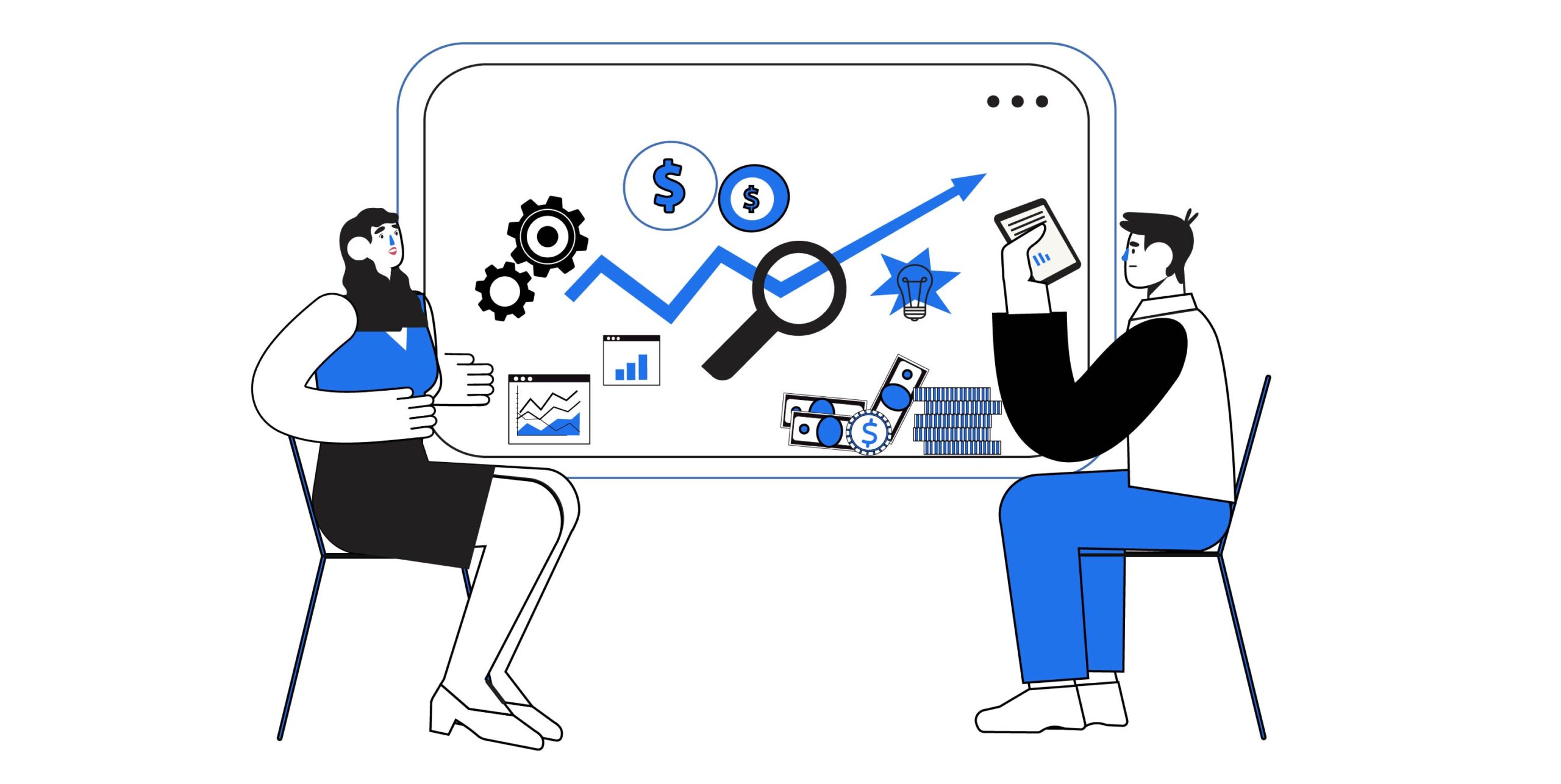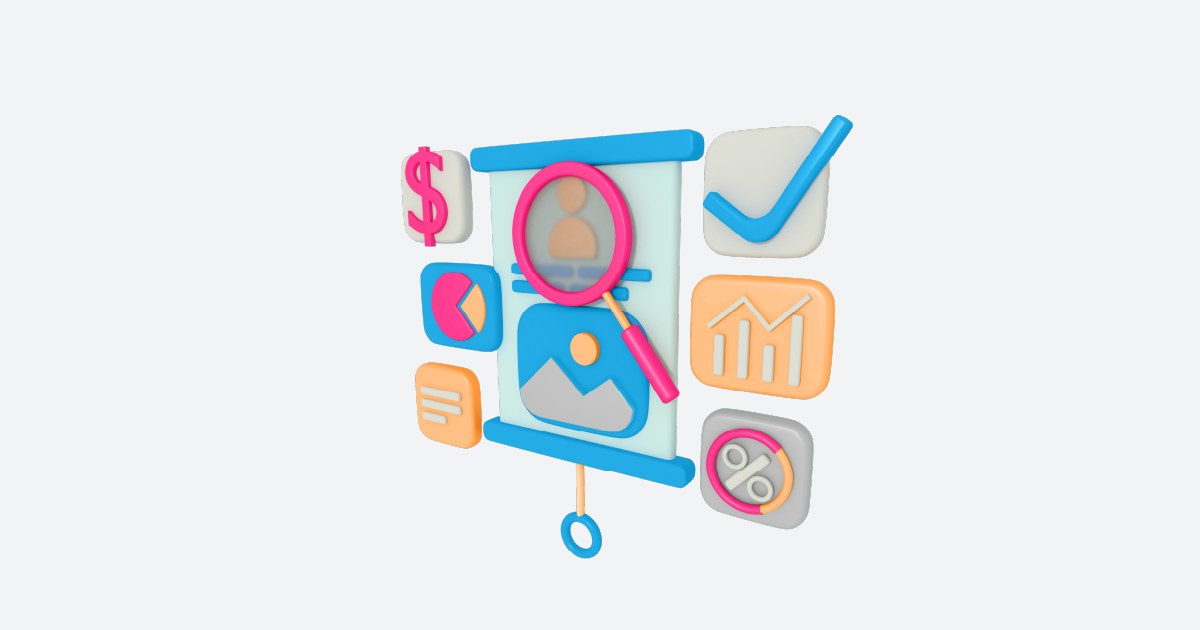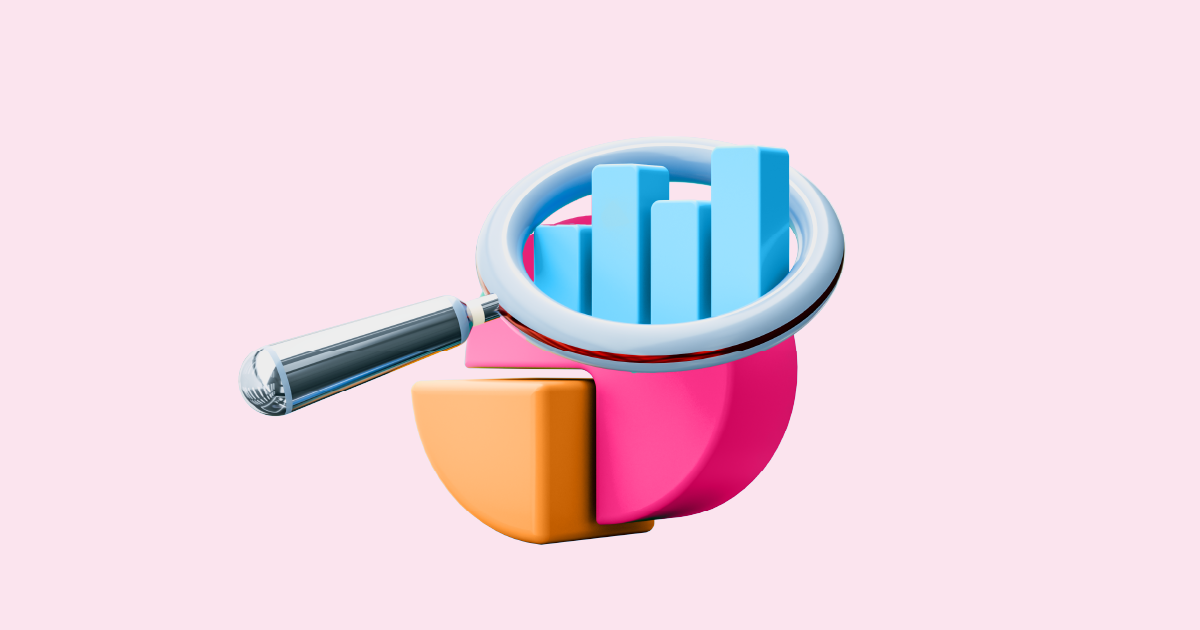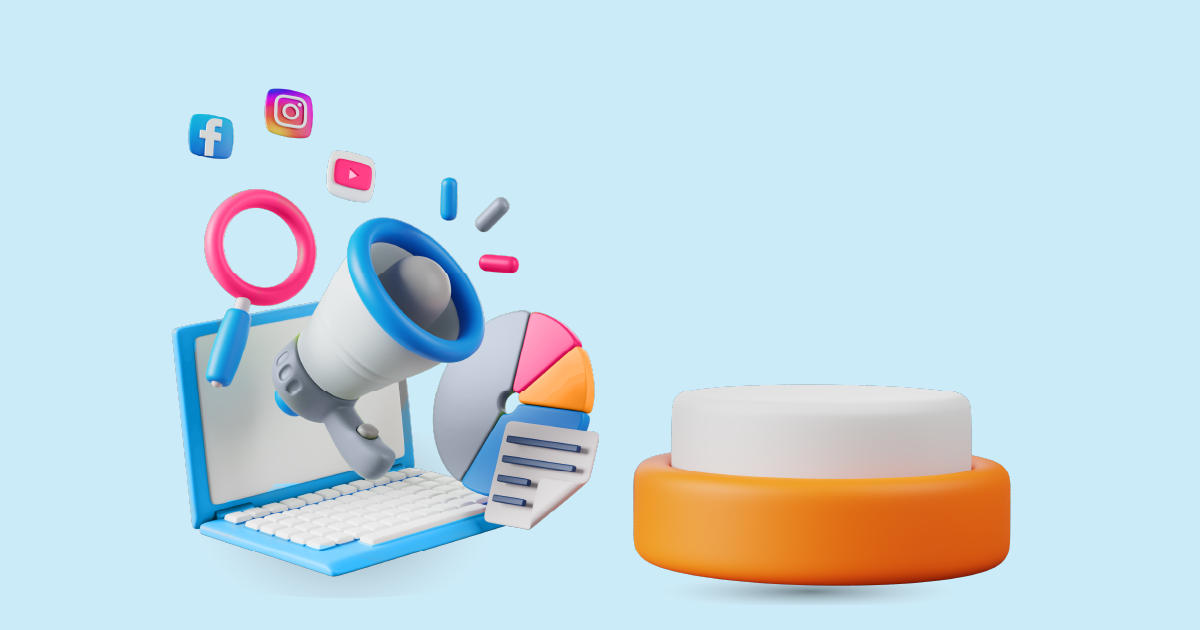In today’s competitive business landscape, making well-informed pricing decisions can be the difference between success and failure. Price testing surveys play a crucial role in helping businesses understand customer behavior and preferences regarding pricing. This article explores the concept of price testing survey and their significance in shaping effective pricing strategies for products and services.
What is Price Testing Survey?
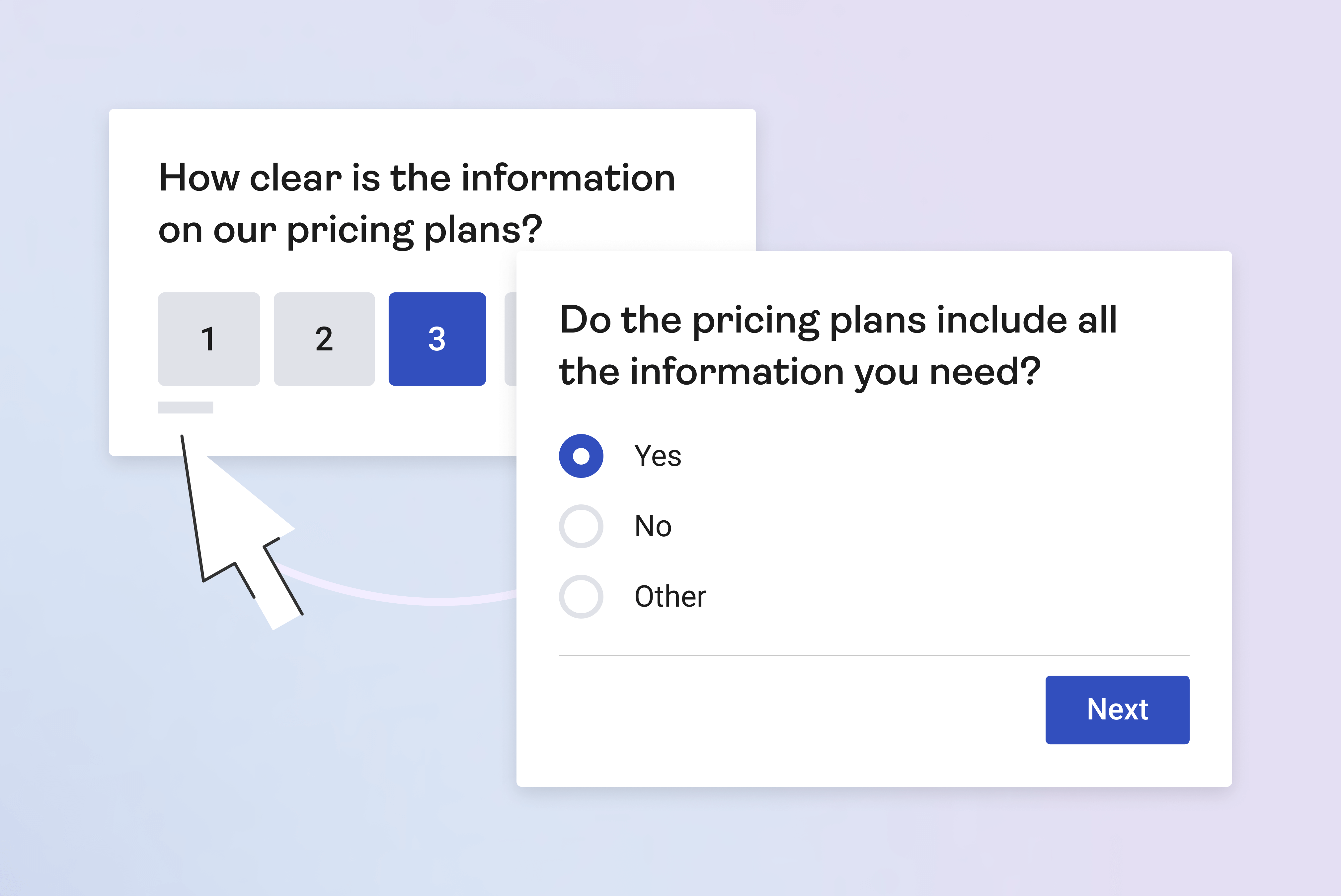
Price testing, also known as pricing experiments or A/B testing, is a systematic approach that businesses use to evaluate the impact of different price points on consumer behavior. By conducting controlled experiments, companies can assess how sensitive customers are to changes in pricing and identify the optimal price that maximizes revenue and profitability.
Understanding Price Elasticity
Price elasticity measures how responsive the demand for a product or service is to changes in its price. If demand changes significantly with a small price adjustment, the product is considered elastic. On the other hand, if demand remains relatively constant despite price changes, the product is inelastic.
Importance of Price Testing
Price testing is of paramount importance for businesses as it provides valuable insights into customer preferences, perceptions, and willingness to pay. It helps businesses avoid potential losses from setting prices too high or losing customers due to excessively low prices.
Conducting a Price Testing Survey
To conduct an effective price testing survey, businesses need to follow a well-structured process:
1. Define Your Objectives
Before initiating a price testing survey, it’s crucial to define clear objectives. Determine what specific information you aim to gather from the survey to guide your pricing decisions.
2. Identify Target Customers
Identify the target demographic for your products or services. Understanding your customer base will enable you to create a more focused survey that yields actionable results.
3. Selecting Products or Services
Choose the products or services that you want to test. Focus on items that have a significant impact on your revenue and are likely to attract customer interest.
4. Choosing Appropriate Testing Methodology
Select the most suitable testing methodology for your survey. Common approaches include A/B testing, van Westendorp’s Price Sensitivity Meter, and conjoint analysis.
5. Determining Sample Size
Estimate the appropriate sample size for your survey. A larger sample size generally provides more reliable results.
6. Creating the Survey
Design the survey questions carefully. Ensure they are clear, concise, and capture the essential aspects of pricing perception.
7. Implementing the Survey
Distribute the survey to your target customers through various channels such as email, social media, or website pop-ups.
8. Analyzing the Results
Once you’ve collected sufficient responses, analyze the data to draw meaningful conclusions about your customers’ price preferences.
Interpreting Price Testing Survey Results
Interpreting the survey results is a crucial step in deriving actionable insights:
1. Identifying Optimal Price Points
Examine the survey data to identify the price points that yield the highest customer interest and revenue potential.
2. Understanding Customer Perception
Understand how customers perceive your product’s value at different price levels. This knowledge is vital for crafting persuasive pricing strategies.
3. Addressing Price Sensitivity
Identify segments of highly price-sensitive customers. Tailor your pricing strategies to cater to their needs.
4. Making Informed Pricing Decisions
Use the survey data to make informed pricing decisions that align with your business objectives and resonate with your target customers.
Factors Affecting Price Testing Survey Outcomes
Several factors influence the outcomes of price testing surveys:
1. Market Conditions
Economic conditions, market trends, and industry competition can influence customer responses to price changes.
2. Competitor Pricing
Consider the pricing strategies of your competitors, as they may impact your customers’ perceptions of your pricing.
3. Brand Perception
Your brand image and reputation play a significant role in how customers perceive your pricing.
4. Product or Service Differentiation
The unique features and benefits of your products or services can influence customers’ willingness to pay.
Price Testing and Business Growth
Price testing surveys offer numerous benefits that contribute to business growth:
1. Boosting Revenue and Profitability
Optimizing prices based on survey results can lead to increased revenue and profitability.
2. Gaining a Competitive Advantage
Having data-driven pricing strategies can give you a competitive edge in the market.
3. Enhancing Customer Loyalty
Appropriately priced products and services can enhance customer loyalty and satisfaction.
Ethical Considerations
While price testing can be advantageous, it’s essential to consider ethical aspects:
1. Transparency and Customer Trust
Be transparent with customers about the pricing experiments to build trust and maintain goodwill.
2. Avoiding Price Manipulation
Avoid manipulating prices to deceive customers and maintain ethical business practices.
Common Mistakes to Avoid in Price Testing Surveys
Some common mistakes to avoid during price testing surveys include:
1. Ignoring Customer Feedback
Failing to take customer feedback into account can lead to ineffective pricing strategies.
2. Testing in unrealistic conditions may not accurately represent real customer behavior.
3. Overlooking Segmentation
Neglecting to segment customers based on preferences can result in suboptimal pricing decisions.
4. Setting Prices Too Low or High
Incorrectly pricing products can lead to revenue losses or deter potential customers.
5. Neglecting Long-Term Impact
Consider the long-term implications of pricing decisions on customer loyalty and brand perception.
Future Trends
The future of price testing is likely to see advancements in technology and analytics:
1. Technology Advancements
Advanced algorithms and machine learning will enable more sophisticated price-testing methodologies.
2. Predictive Analytics
Predictive analytics will allow businesses to forecast customer behavior and tailor pricing accordingly.
Conclusion
Price testing surveys empower businesses to make data-driven decisions that align with customer preferences and market trends. By understanding price elasticity, conducting surveys ethically, and avoiding common pitfalls, businesses can optimize pricing strategies to achieve growth and profitability.
If you’re ready to take your pricing strategy to the next level and make informed pricing decisions, request a demo from AIM Technologies today. Our advanced pricing analytics and tools can help you unlock valuable insights and maximize your revenue potential.
FAQs
What is the significance of price testing?
- Price testing allows businesses to gauge customer response to different price points, helping them identify optimal pricing strategies.
How often should I conduct price testing surveys?
- The frequency of price testing surveys depends on market dynamics and changes in customer preferences. Conducting them periodically ensures pricing remains competitive.
Can price testing be applied to both products and services?
- Yes, price testing can be applied to both products and services to assess customer price sensitivity and willingness to pay.
Is price testing suitable for small businesses?
- Absolutely! Price testing is beneficial for businesses of all sizes, providing valuable insights into customer behavior and pricing perceptions.
How can I address price sensitivity in my pricing strategy?
- Segmenting customers based on their price sensitivity allows you to tailor pricing strategies to meet the needs of different customer groups.
